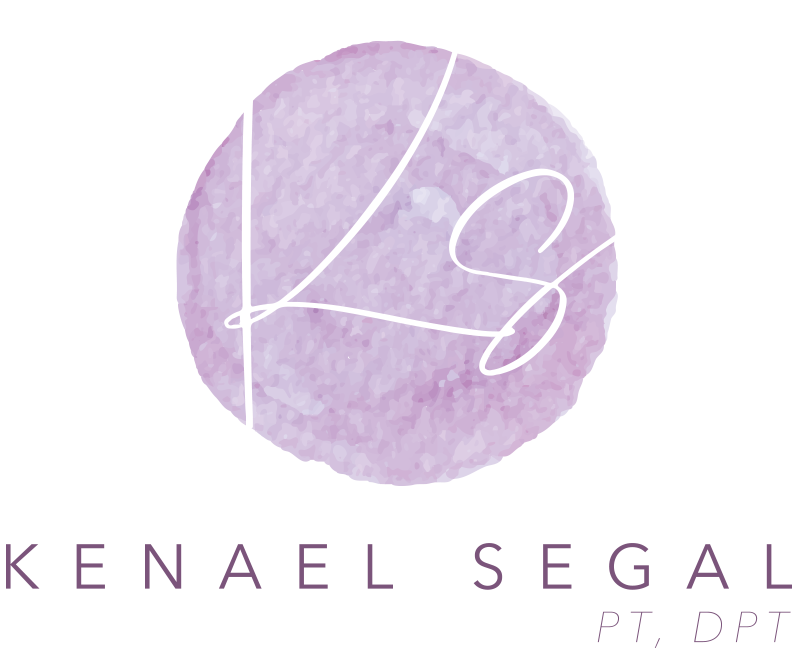A postpartum practice in France that will make you jealous
While I was pregnant with my second baby, I became intrigued by how women in other countries are cared for after the birth of their babies. My fascination started with a Facebook post from a friend of Chinese descent. In the Chinese culture, women and their household are taken care of by family members - usually the grandmother - while the mother’s job is to stay in bed and feed baby for 30 days. The postpartum mother is treated with a special diet of warming foods and drinks such as soups, ginger, and vinegar. However, not only is mom confined to the house and bed for 30 days, but eating special treats like fruit and taking a bath are a no-no. This strict regimen supposedly helps with healing, increases breastmilk supply, and settles the baby into the new environment. Whether or not there is evidence to support this practice, I was a little jealous.
China is not the only country to treat postpartum moms this way; other countries share similar practices. Countries in the Middle East, the Caribbean, Europe, and Africa have some form of mandatory rest period for mom to recover and bond with baby, ranging from eight days to a month. The most fascinating postpartum practice I came across, however, was France’s la rééducation périnéale, also known as government sponsored therapy to retrain and strengthen the vagina. Its purpose is to alleviate any problems that may result from the physical stress of pregnancy and delivery. No matter the type of birth, pregnancy, labor, or delivery you experienced, it is all a traumatic experience for the body. And where there is trauma, proper recovery and rehabilitation are required for healing to occur.
La rééducation périnéale is a program, guided by a physical therapist, that serves to strengthen the pelvic floor muscles in hopes of preventing any muscle weakness in the future. It also serves to educate women on proper behavioral habits that decrease abdominal pressure, such as not straining in the bathroom. An increase in abdominal pressure can result in a downward force on the pelvic floor, leading to weakness, pelvic organ prolapse and incontinence. After adequately strengthening the pelvic floor, moms also learn to strengthen their abdominal muscles, which as you know, become stretched and weakened during the pregnancy. If there was a c-section, those muscles are cut and sewn back together.
Let’s compare that to what typically happens in the U.S. Following six to eight weeks after giving birth, moms are given a quick screen for postpartum depression, checked internally and externally, and given a green light to continue regular exercise, sex, and their usual life. If they are lucky, they may be prescribed a few Kegel exercises with no further discussion or direction. Before you know it, you have pain down and around there, sex hurts, you feel pressure in your vagina, and you can’t run, jump, sneeze, or laugh too hard without peeing on yourself. You may even notice that simple exercises you once could do with great ease are now difficult, and your abdominal muscles are doing a really weird bulging thing. If you haven't already returned to work, you only have a few weeks left before you can bond with your baby.
So why don’t we have what the French have in the U.S.? Well, that’s too complicated for me to go into and I’m not even sure I can answer that. But, we do have physical therapists who specialize in treating women both during and after pregnancy. They are called pelvic floor or women’s health physical therapists (and I happen to be one). And after the birth of your baby, we can help you reeducate your pelvic floor and abdominals, just as the French do. We teach you how to use your body and how to safely exercise so you can truly return to pain-free activity, laugh a good laugh without leaking, keep your organs just where they should be, and experience strong orgasms. So although we are not in France, let’s just do as the French do and prevent, rather than fix, pelvic and abdominal issues before they arise.
